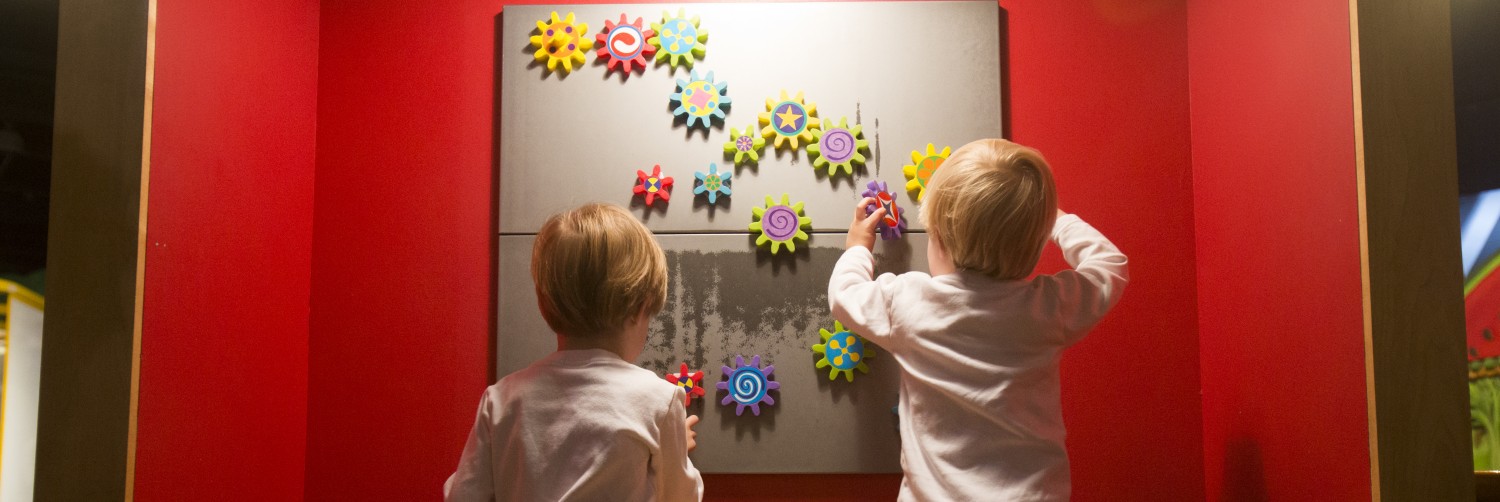The Spring Festival, Lunar New Year, or Chinese New Year, is celebrated on the first day of the first month in the Chinese calendar. That’s the day of the second new moon after the Winter Solstice, ending fifteen days later. This year, Chinese New Year begins on Feb. 18 and ends on March 5. Annually, it is the longest public event in China, and it is observed and celebrated all over the world. It’s a time for families to have reunions, for lots of food to be cooked (fish and dumplings are traditional in many families), for epic games of mahjong to be played, and for gifts in red envelopes to be exchanged.
In the Chinese calendar, each year corresponds to one of twelve different animals or mythical creatures. This is the once-every-twelve-years instance when there’s a little good-natured confusion about exactly which animal gets the celebration named after it. According to The International Business Times, some people say that this is the year of the sheep, and some say it’s the year of the goat. “Both animals,” writes Zoe Mintz, “share the same Chinese character, the ‘yang,’ which refers to any member of the caprinae subfamily — goat or sheep. Researchers say the actual animal is beside the point, what remains important is the Chinese character and its meaning.”
Speaking of meanings, the firecrackers and noisemaking that come with the first night of Chinese New Year all commemorate a legendary event in which a village banded together to drive away a monster that ate most of their crops. The story is that a remote village was besieged by an indestructible creature called “Nian.” Swords and pikes could not wound the beast, and the villagers were helpless until an old nomadic monk – or, in some versions of the tale, a wandering god – told them that “Nian” was afraid of loud noises and the color red. The firecrackers that begin each year’s festivities are meant to start the year with good luck, leaving behind evil spirits and obstacles that you thought, wrongly, that you could not overcome.
It’s because “Nian” was so afraid of red that the color is seen in other Lunar New Year traditions. Each year, married couples will often give small gifts of money in red envelopes called “hóngbāo” to younger family members who haven’t yet wed. Also, the paper lanterns that are often made for evening parties or celebrations are typically made from red paper.
On Saturday, we celebrated Chinese New Year with a performance by students from Toomer Elementary and then celebrated with the Imaginators making a sheep puppet craft that the kids and their families waved in a Chinese Parade complete with our own fun take on “firecrackers.” We like to use bubble wrap for our noisemaking; there’s less of a mess, children love it, and it’s every bit as loud as necessary to frighten away last year’s evil spirits!

